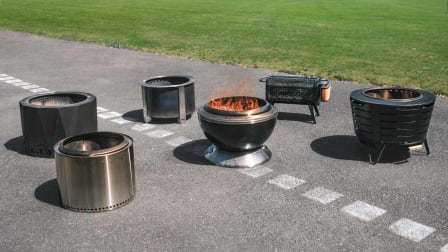“CCA was used as a preservative because it did a good job protecting wood from insects and fungi,” says Rich Handel, an engineer with experience running CR’s wood stain and decking testing. “The problem is that the chemicals could transfer from the surface and also leach into the soil.”
Arsenic is a known carcinogen and can pose a health hazard to those who come into contact with it, including young children playing on the surface of a deck treated with CCA.
Not sure if your deck contains CCA? If it was built with pressure-treated wood prior to 2004, it most likely does, but you can purchase test kits at retailers like Amazon and Walmart that can confirm whether your wood contains CCA.
According to the EPA, if you have an older deck that contains CCA, your best bet is to use a penetrating oil or water-based stain on a regular basis to seal the wood and help reduce the leaching of chemicals. If your deck requires repairs, we suggest hiring a professional to safely work with, and properly dispose of, the CCA lumber. Avoid sawing and sanding CCA lumber because you may ingest the dust as well as contaminate the soil near your deck. If you must sand, be sure to wear a dust mask, goggles, and gloves to avoid skin contact or inhalation of sawdust. And always avoid burning CCA lumber.
If you are replacing your deck, modern pressure-treated lumber contains relatively low-risk chemicals, including alkaline copper quaternary (ACQ). Even though these chemicals have lower toxicity profiles, you should still wear a dust mask when cutting any pressure-treated boards. You can also opt for natural cedar or ipe decking, aluminum, or a composite.
































